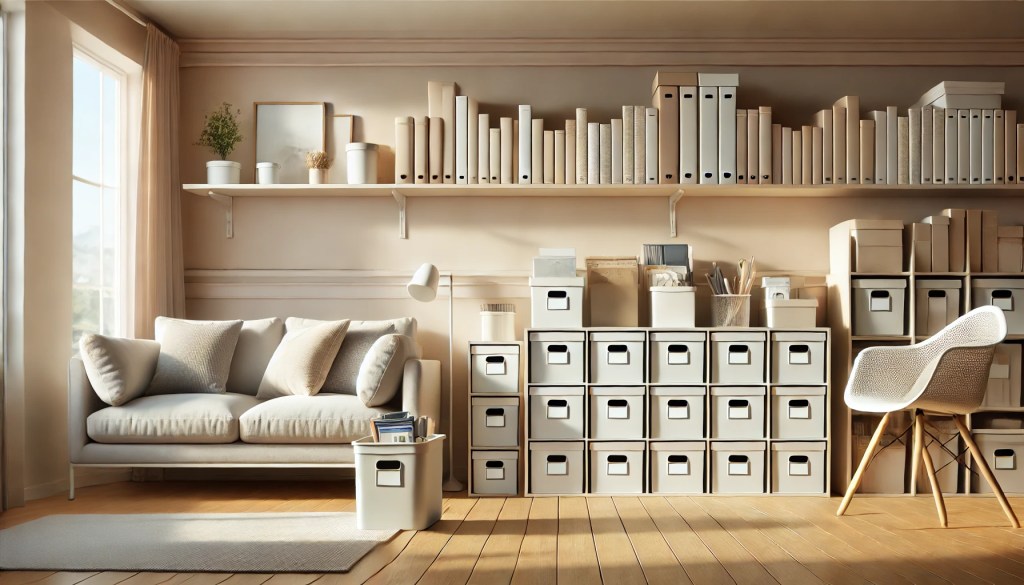Tag: Home Maintenance
-
Why Staging Your Home Can Help It Sell Faster and for More
When it comes to selling your home, first impressions are everything. Home staging preparing and styling your home to appeal to potential buyers has become a key strategy in the real estate world. If you’re on the fence about whether or not to stage your home before putting it on the market, here are several…
-
30 Days of Home Organization Tips to Transform Your Space

January is National Get Organized Month, and it’s the perfect time to tackle clutter and refresh your home. Here are 30 actionable tips to organize your home and property, one day at a time. Organizing Basics Week 1: Kitchen Organization Week 2: Bedroom Bliss Week 3: Living Room Focus Week 4: Property Maintenance Final Thoughts…
-
5 Home Projects You Should Consider Outsourcing
We live in a DIY world. If there is a video online for how to do something, there’s a good chance you can figure out how to do it. While saving money by doing certain projects yourself can be rewarding in many different ways, there are some projects that should be left to the professionals.…
-
HOW TO FIX 5 COMMON BATHROOM ISSUES
Homeownership has plenty of perks. You can make changes whenever you want, but that also means you are responsible for making any fixes you want (or need)! Instead of calling the local handyman every time something small goes awry, you can try out these quick fixes for common bathroom issues that arise while saving yourself…
-
Are You a Homebuyer Worried About Climate Risks?
The increasing effects of natural disasters are leading to new obstacles in residential real estate. As a recent article from CoreLogic explains: “As the specter of climate change looms large, the world braces for unprecedented challenges. In the world of real estate, one of those challenges will be the effects of natural catastrophes on property…
-
Major Household Dangers for Cats and Dogs
All pet parents want to keep their fur babies safe. So they may be shocked to learn their home can be a minefield of potential hazards that can cause severe harm or even death for their feline and canine family members. Cats and dogs are curious animals and tend to get into things, so nothing…
-
7 Benefits of Pressure Washing Your House
Pressure washing is a great way to clean the exterior of your home without having to scrub down every nook and cranny. You might be surprised by what parts of your home you can pressure wash—siding, concrete, outdoor furniture and cushions are all good candidates. And though having a squeaky-clean home is certainly a perk,…
-
Fall Home Tips: Prepare Your Property for the Changing Season
As the leaves change color and the temperature drops, it’s time to prepare your home for the fall season. From maintenance tasks to cozy decor ideas, these fall home tips will help you create a warm and inviting atmosphere for potential buyers and ensure that your property remains in top condition. Take advantage of this…
-
Tips To Beautify Rooms In Your Home
There’s no place like home, so why not make home the most beautiful and cozy place you can stay in? Let’s dive into some techniques that can help you showcase the best features of every room in your house. Just a touch of color, texture, and personality can transform your home into something new. Here…
